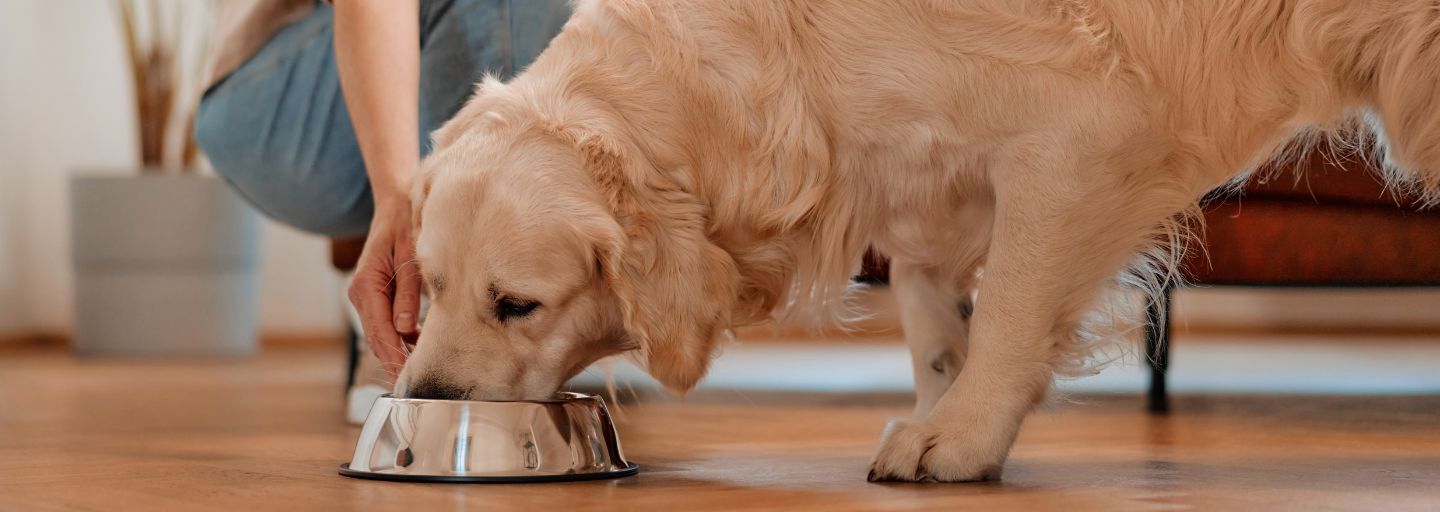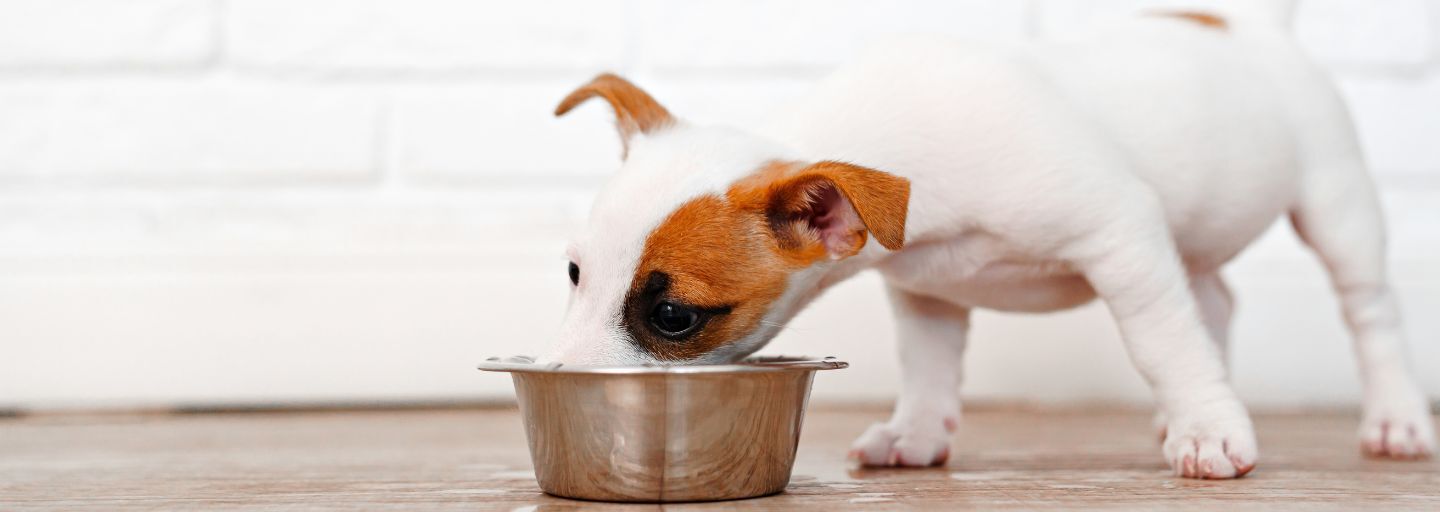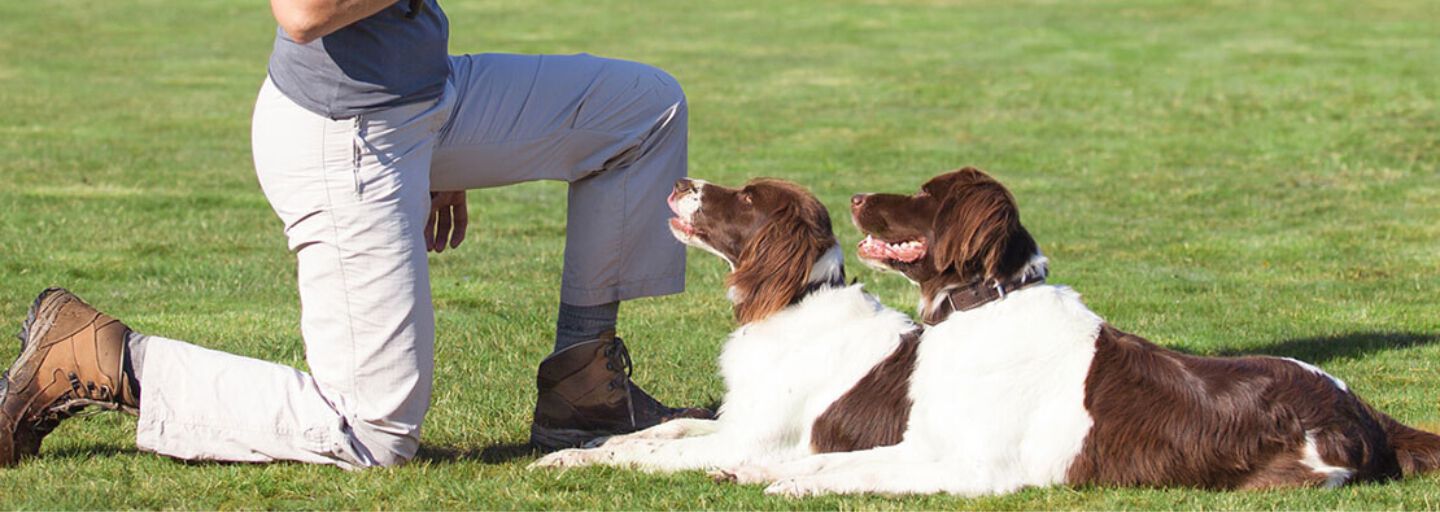Dogs love to sniff. Using their nose is often the highlight of their walks, if not dominating their entire day. Their ‘nosiness’, however, can be difficult for owners to comprehend and even, on occasion, be embarrassing. The dog's nose truly is a wonderful scent apparatus, even if we don't quite understand all of its abilities yet.
How dogs sniff:
Dogs are born to sniff. The area of the canine brain devoted to analyzing scent is 40 times greater than that of humans, and dogs can identify smells at least 1,000 times better than we can! The dog's superior sense of smell comes from 220 million olfactory receptors in their nose. Compared to humans' paltry 5 million, it's no wonder smell is considered the dog's primary sense.
When a dog sniffs, air is taken in and passes through the olfactory epithelium (nasal skin cells). These cells are also found in a special organ that dogs (and cats) possess, called Jacobson's or the vomeronasal organ. This organ is thought to be important in detecting pheromones (body scents), perhaps giving the dog its tremendous ability to identify and recognize animals and people.
Did you know?
The ability of the dog to detect scents varies between breeds, with long-nosed dogs able to distinguish scents better than short-faced ones. The Bloodhound is thought to have the best scent-detection abilities of all dogs, while Gundogs (like Retrievers and Spaniels) spend most time sniffing when out on walks.
Each dog's nose is unique, with its own distinct nostril shape and pattern of ridges and dimples. A canine nose print is as unique as a human fingerprint.
Dogs can distinguish the scent of individuals, both dogs and people. They can tell the difference between individual family members, even identical twins, purely by smell.
Dogs can tell from sniffing a tree or lamppost when a dog has passed, who it is, and what status they have – male/female, top dog, or not.
Dogs do not appear to distinguish between the regions of the human body which they sniff. Your armpits, to your dog, smell very similar to your feet!
A diet higher in fat and lower in protein than typical dog food is thought to be beneficial to the dog's scent-detecting ability, though only dogs who work as scent-detection dogs may need to alter their nutrition.
Aromas can affect dogs. Lavender, for instance, calms them down and reduces barking, whereas rosemary increases it.
Putting that nose to work:
Dogs are used by humans to detect all sorts of things, and as we learn more about the extent of the canine sense of smell, we can guarantee that this canine detection list will expand:
Police dogs follow tracks of criminals or of people trapped in rubble after buildings have collapsed, whether alive or dead (sometimes referred to as cadaver dogs).
Quarantine dogs detect odors of prohibited substances entering the country, including fruit, live animals such as snakes, drugs, and more.
Explosive-detector dogs seek explosive devices in public places or in war zones.
Medical alert dogs detect many physical conditions. They can detect low blood sugar levels in diabetes sufferers, for instance, due to the difference in emitted scent.
Similarly, dogs can be trained to detect cancer. For example, dogs can detect prostate cancer from a urine sample and lung cancer from a breath sample.
Bio-detection dogs detect microbial growth in buildings which, if left undiscovered, may result in decay of building materials or cause respiratory distress in occupants.
Bed bug detection dogs can detect very early infestations of these unwanted creatures, useful for hotels.
Other diverse substances including termites, bees, CDs, mobile phones, truffles, and more can all be detected by trained dogs.
Why dogs sniff people:
When dogs sniff people, they are gaining all sorts of information about us. They know if we are familiar or a stranger. They know which scents we have attracted while we've been away. They know if we are experiencing changes in hormones, such as those that occur during pregnancy. They may even know if we are experiencing illness or simply are in a bad mood.
Some dogs are politer than others in their sniffing techniques. Some will simply walk past a human, their noses gathering in the air surrounding us. Others seem to need to get up close and personal, smelling our breath, our armpits, and even our crotches.
There is a lot that we don't know about dogs and their ability to gain information from human scents. They may be able to detect cancer or sniff out danger, but this may take a lot of training to do so with any accuracy.
Why dogs sniff other dogs:
The sense of smell is a dog's primary sense. So, while your dog may recognize the shape of another dog by visual means, a lot more information can be gathered by sniffing them up close. Dogs tend to sniff where scents congregate and are dispersed. This tends to be around the canine ano-genital region. Hence, dogs like to sniff other dogs' bottoms!
Rather than be embarrassed by this greeting, we should acknowledge that this is simply a dog's way of saying hello. If your dog is being annoying to other dogs, then you need to take charge and direct their energy toward more appropriate activities. If your dog is frightened of other dogs being near them, then it may be worth seeking help from a behaviorist or trainer who can assist with canine introductions.
Why dogs sniff trees, lampposts, and almost everything:
Dogs are ruled by their noses. The canine sense of smell is their primary sense, and they gain more information using their noses than any other sense. This is why dogs like to stop and smell the roses and everything else too.
When you are out walking your dog, your dog is experiencing a multi-scented world. The most interesting scents tend to be either the scents of other dogs or the scents of potential food sources.
Dogs leave their scents in the urine deposits that they leave on pavements, curbs, trees, and lampposts. By sniffing these, your dog is gaining information on who is in their neighborhood; the gender of the dog, its reproductive status, general status in life, and exactly when it passed by. So much information in this pee-mail!
Other interesting smells include food that has dropped on the ground and other animals' feces or decomposing body parts. While this may seem gross to most humans, dogs sniff all this information in with gusto! In fact, many dogs will also start rolling in rotting substances. For a dog, this is like wearing perfume!
When dogs are just too nosy!
There are occasions when the dog nose is just plain annoying to humans:
When we are out on a walk and they insist on stopping every few paces to sniff
When visitors call and they insist on sticking their noses into embarrassing places
In these cases, it is up to owners to take charge. There is no doubt that dogs love to sniff, especially when out and about in their neighborhood. Allow them plenty of sniffing time to satisfy their needs, but if you want to move on, give them a command such as "Walk on" and reward them for obeying you. Offer them a tasty, even smelly, treat to walk with you.
If you are embarrassed by your dog's sniffing habits, try to distract them. When visitors call, put your dog on a lead to control their movements. Teach them to say hello by sniffing the person's hand and reward them for staying calm. While you may be embarrassed by your dog sniffing the bottoms of other dogs, this is perfectly normal dog behavior! It is also normal for dogs to seek out areas of your home or items of clothing that smell like you. It helps them feel close to you, in your absence.







